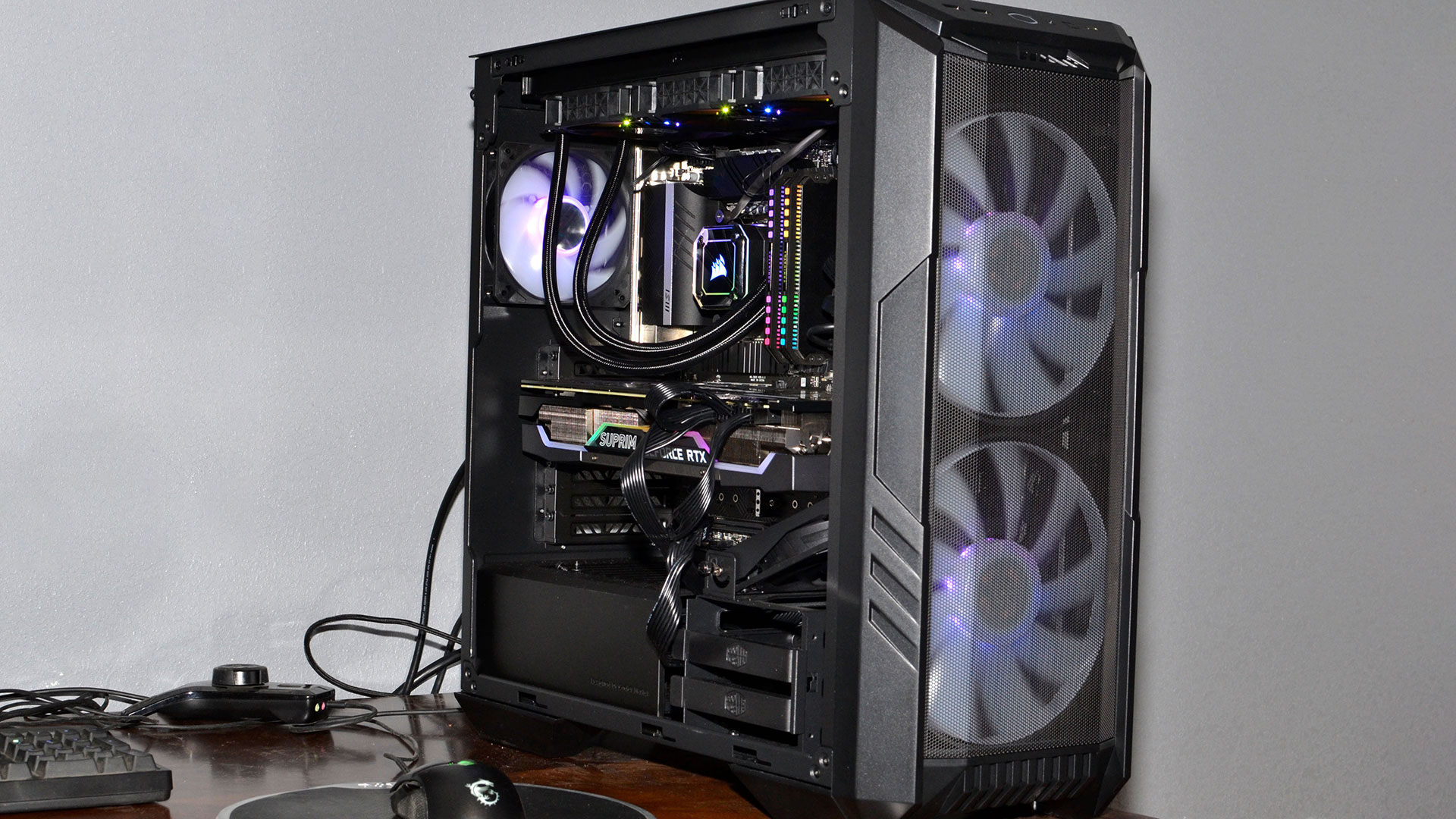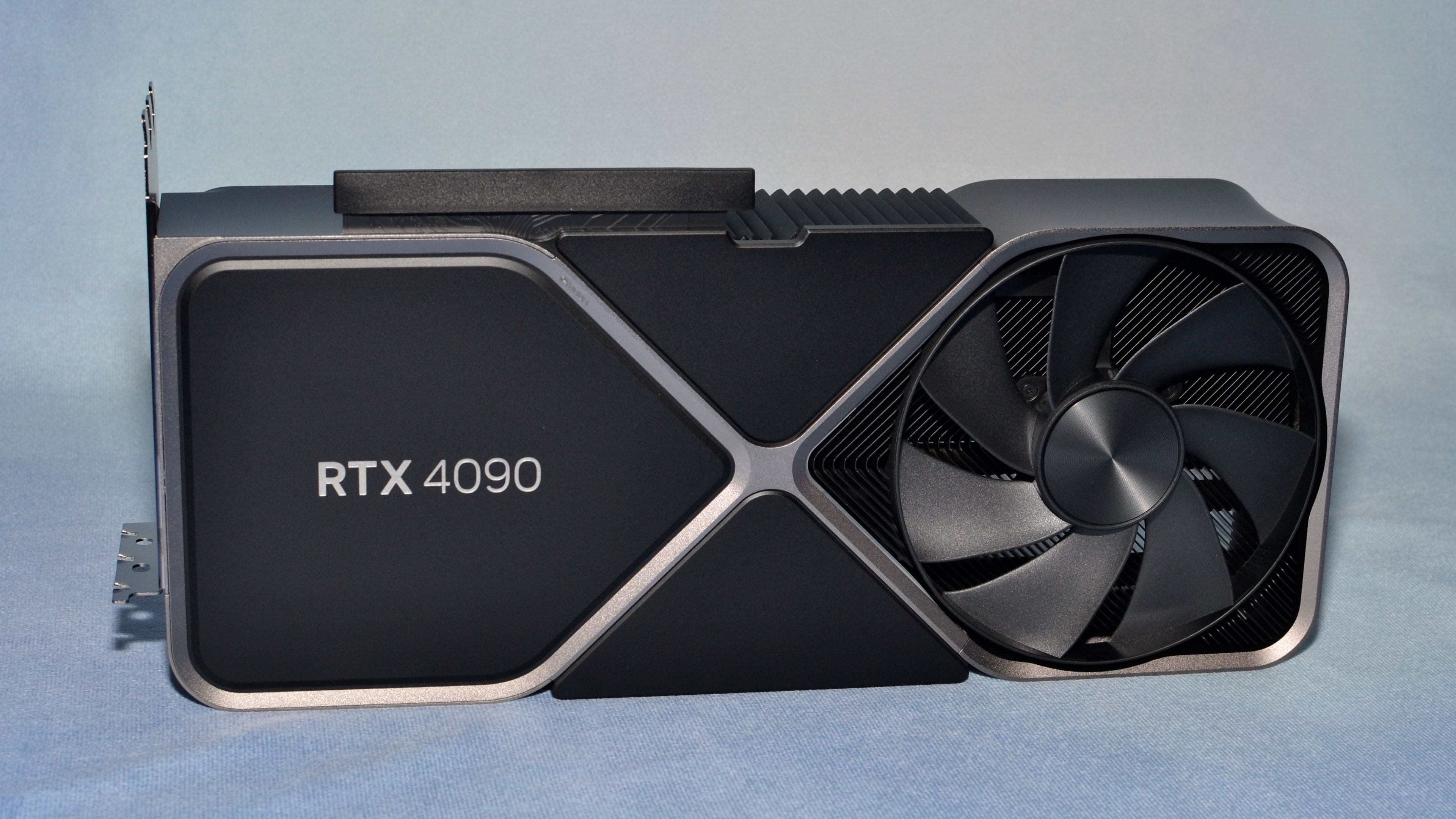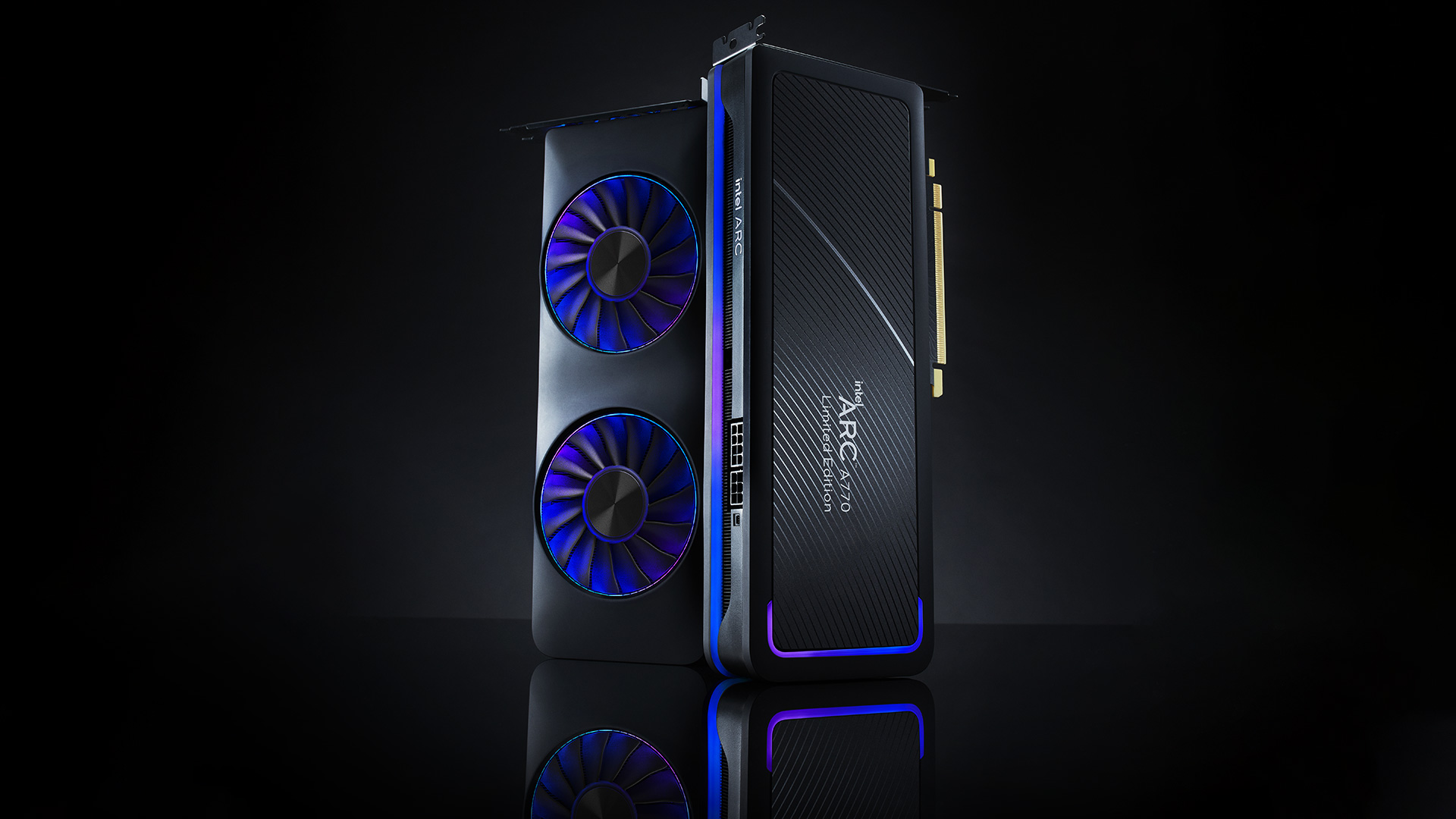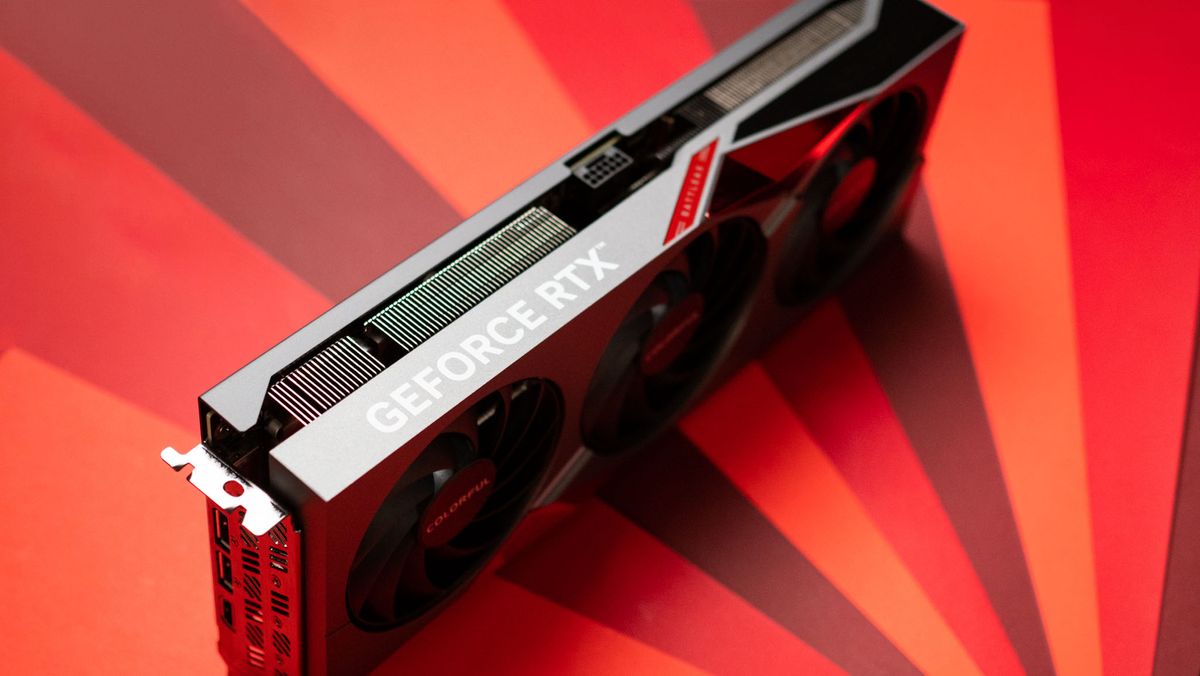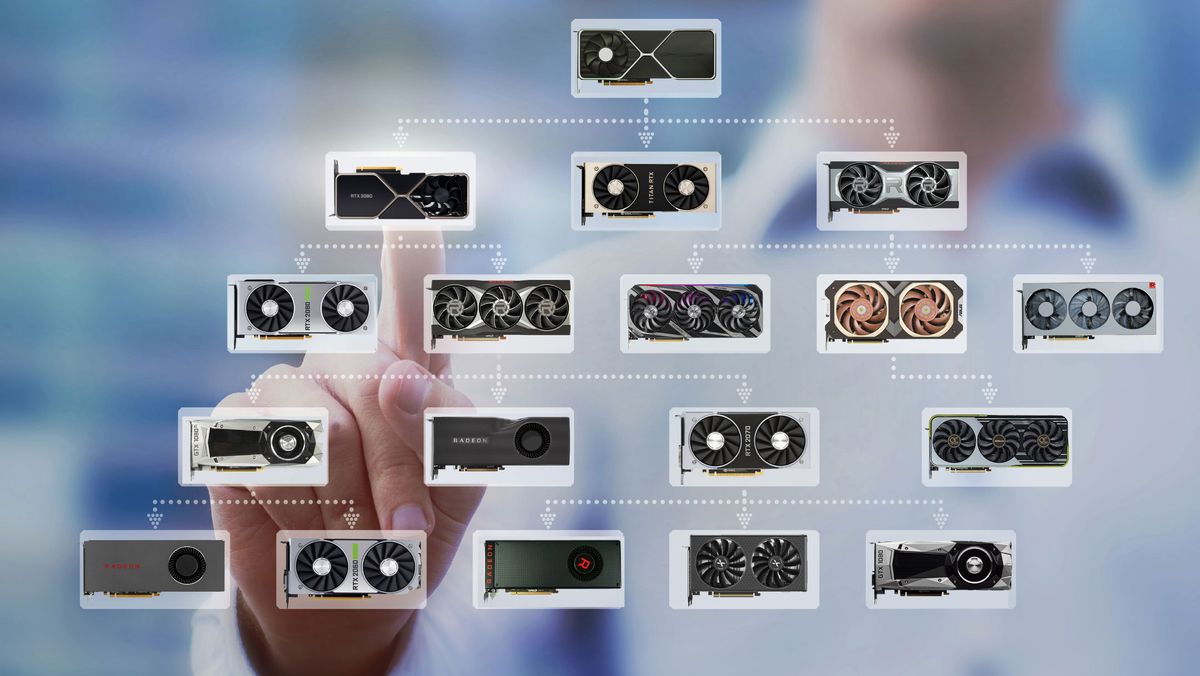
In the world of technology, keeping up with the latest graphics cards can be a daunting task. With new generations and models being released frequently, it's essential to consider all factors before making an upgrade. In this article, we will explore some important principles to follow when deciding on a GPU upgrade.
Firstly, forget about names when evaluating graphics cards. While brand loyalty may seem appealing, prices and performance vary significantly between brands. For instance, AMD and Nvidia release flagship GPUs first in each generation but not all cards follow this trend.
Secondly, consider your entire PC setup when deciding on an upgrade rather than focusing solely on the graphics card. Upgrading within the same generation may not yield the best value as following generations often bring better performance and features.
Now, let's dive deeper into some recent developments in graphics technology. Super Resolution is a technique used in gaming to create images at a lower resolution before scaling them up to fit the monitor's resolution. NVIDIA DLSS uses artificial intelligence and neural networks for maximizing frame rates and improving image quality, while AMD FSR relies on advanced spatial upscaling algorithms instead.
Moreover, companies like Nvidia, AMD, Intel, and Microsoft are continuously releasing new GPUs with impressive performance boosts. For instance, NVIDIA's DLSS 3 combines DLSS Super Resolution, NVIDIA Reflex, and DLSS Frame Generation techniques to deliver significant improvements in compatible games.
Lastly, if you're building a small form factor PC or considering a compact graphics card solution, keep an eye out for Nvidia's new SFF-Ready Enthusiast Graphics Card spec. This standard aims to simplify the process of finding compatible GPUs and chassis by setting guidelines for both.
Stay tuned as we continue to explore the latest developments in graphics technology and provide you with valuable insights.
